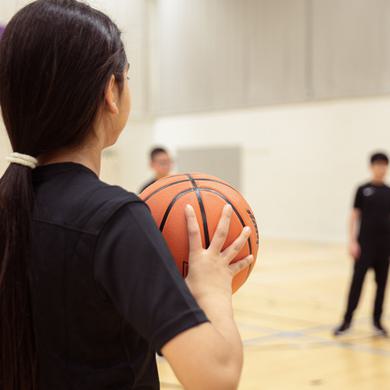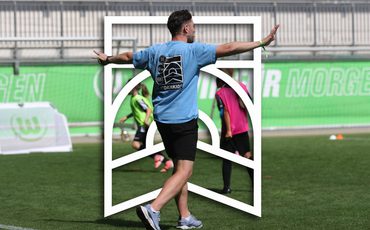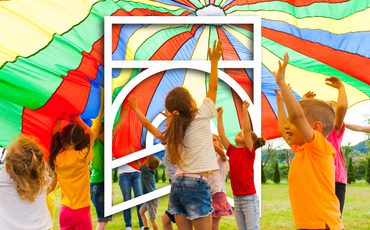What is Child Abuse in Sport?
Module 2
Here we are going to deal with a very sensitive issue: child abuse in sport. Typically, when we ask coaches and parents about how common they feel child abuse happens in sport, we get answers like “not a lot” or “it’s more likely in some sports but not in mine”. They could not be more wrong.
There are two main reasons for these misconceptions:
First, coaches and parents think that child abuse includes only sexual abuse and corporal punishment. But child abuse, as we will see, involves a much wider range of behaviours, including some that are currently accepted as the norm in certain sports or contexts.
Abuse is not only about sexual misconduct and corporal punishment.
Second, a lot of child abuse goes unreported and we never know about it until years have passed and, as adults, abused child-athletes are able to speak up and confront their abusers.
Most child abuse incidents are unreported.
The first thing we need to do to stamp out child abuse is to have clarity about what it is. UNICEF recently led a large working group to develop the International Safeguards for Children in Sport.
The UNICEF text contains some very useful definitions. Let’s have a look at them:
- Abuse refers to the acts of commission or omission that lead to a child experiencing harm
- Harm refers to the negative impact or consequences of those acts upon the child
These definitions are still quite generic and broad. To fully grasp this issue, we have to understand that there are different categories of child abuse. UK Coaching and the Child Protection in Sport Unit of the NSPCC in the UK have identified four major categories of child abuse: Neglect; Physical Abuse; Sexual Abuse; and Emotional Abuse.
Let’s review each category in detail:
1. NEGLECT: Neglect takes place when adults do not meet the basic physical and psychological needs of children.
2. PHYSICAL ABUSE: Physical Abuse happens when someone causes physical harm or injury to a child.
3. SEXUAL ABUSE: Sexual Abuse occurs when adults or other young people use children to meet their own sexual needs.
4. EMOTIONAL ABUSE: Emotional Abuse refers to the ongoing psychological maltreatment of a child and it can have long-lasting negative effects on the child.

PLEASE NOTE
Safeguarding and Protecting Children in Sport, while important in every country, fits within a different best practice/legislative framework for each country. Because of this, please check the specific laws, policies and procedures that are applied in your country. Also check the information and advice provided by your sports sector and your sport’s national governing body/federation.
What is included here are GENERAL GUIDELINES. These are primarily based on UNICEF Safeguarding in Sport Guidelines.
Please see - https://www.unicef.org.uk/spor...;
Comments
Related Pages


